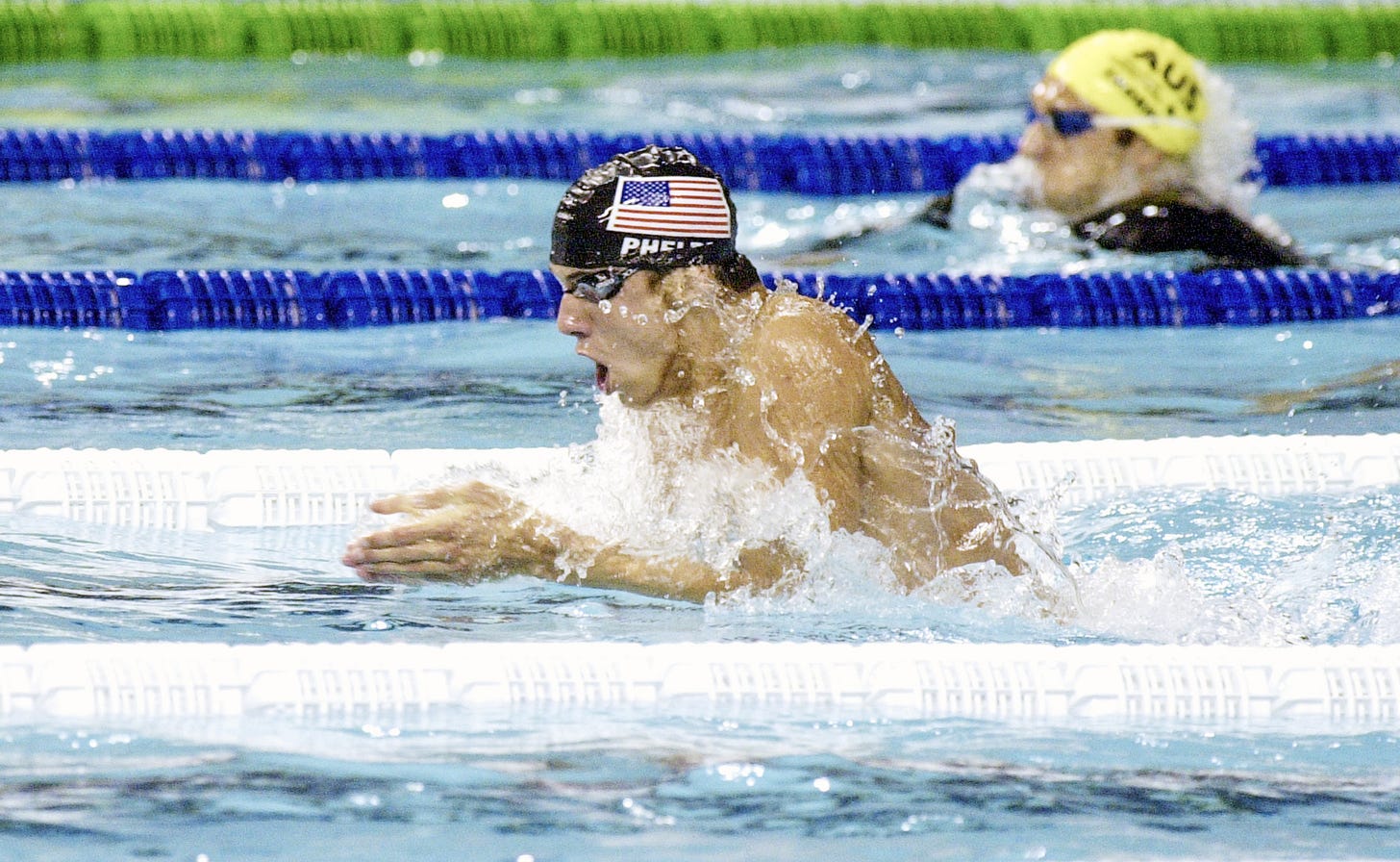In the previous chapters, we have delved into various factors that differentiate individual athletes. These factors include hidden aspects, such as the size of the heart or the composition of muscle fibers, as well as more obvious differences like height, weight, and body shape. These factors describe an athlete at a specific moment in time. However, there is another crucial factor that varies widely among athletes and has massive, long-lasting effects on just how much the athlete can improve - the training response. This chapter will focus on this topic.
We will explore how to measure an athlete's training response to ensure that a program is effective, as well as how to improve it. Like other factors that make an athlete unique, training response has both genetic (fixed) and environmental (changeable) components. Moreover, an individual's response to a particular training program can change significantly over time based on these factors. In this chapter, we will examine each of these components & the various factors at play. But first, let's define training response or "trainability."
What is “trainability” / Training Response?
In the context of endurance sports, "trainability" refers to an individual's ability to improve their physical fitness through training. This includes the ability to increase their aerobic capacity (i.e., the amount of oxygen the body can use during exercise), improve their muscular endurance, and enhance their overall performance in endurance sports.
Trainability can be influenced by a variety of factors, including an individual's genetics, training history, nutrition, and lifestyle habits. Some people may have a higher trainability than others, meaning they are able to improve their fitness levels more quickly and efficiently off the same training load.
Experienced coaches often have anecdotes about encountering "The Natural" - a kid with no prior experience in the sport who rapidly improves - as well as stories of kids who had to put in an immense amount of effort to progress.
As a coach myself, I have coached young swimmers in developmental squads and have observed that there is always a rare individual who possesses an uncanny ability to improve at a rate twice as fast as their peers. However, it is important to note that not all successful athletes fall into this category. As the saying goes, "Hard work beats talent when talent doesn't work hard." Nevertheless, when talent and hard work come together, the end result can be quite remarkable.
Figure 9.1: Two “Naturals”: Michael Phelps and Ian Thorpe (“The Thorpedo”)
ID: 229757485 Paolo Bona | Shutterstock.com
In the picture above, we see two of the greatest swimmers of all time, Michael Phelps and Ian Thorpe (also known as the "Thorpedo"). During my coaching apprenticeship, I had the privilege of working with Ian and his coach Doug Frost. At the time, Ian was
Keep reading with a 7-day free trial
Subscribe to The Science of Maximal Athletic Development to keep reading this post and get 7 days of free access to the full post archives.




